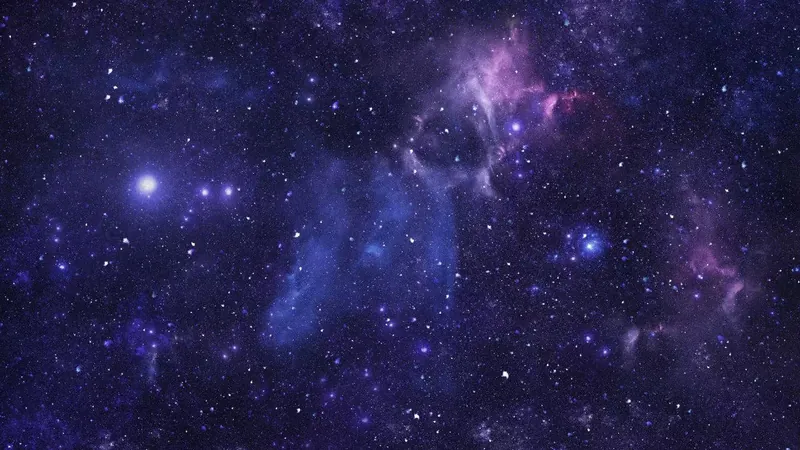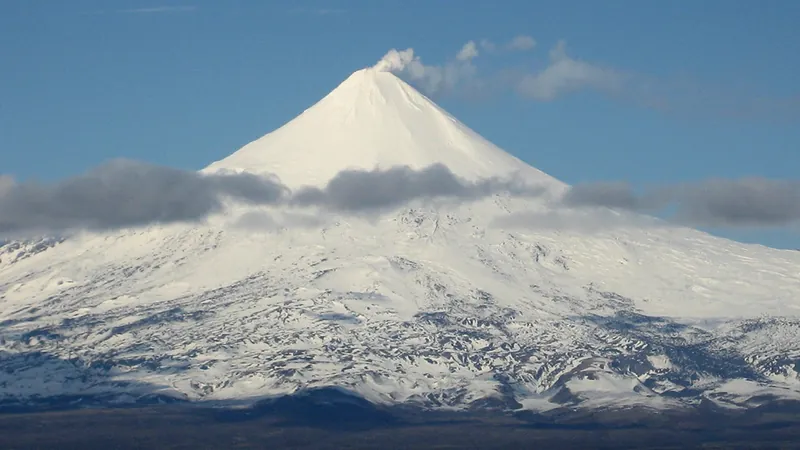
Stunning Images of Star Clusters Captured by NASA's Hubble Telescope
2024-11-07
Author: Olivia
Prepare to be amazed as we delve into the wonders of our universe! Thanks to NASA's Hubble Space Telescope, we can explore the beauty of star clusters, which are celestial neighborhoods where stars come into existence, evolve, and often meet their end. In this captivating journey, we’ll not only unveil stunning images but also unpack the mysterious processes behind these stellar formations.
Stars are the luminous entities that light up the galaxies, and they begin their life journey in nebulae—immense clouds of gas and dust scattered across the cosmos. Under the profound influence of gravity, these clouds begin to collapse, leading to the formation of regions filled with dense gas called protostars. As the core temperature rises, nuclear fusion takes center stage, converting hydrogen into helium and emitting energy that creates a brilliant, stable star. Remarkably, stars often form in clusters from the same nebula. The gravitational pull draws these young stars together, establishing a beautiful cosmic dance.
There are three primary types of star clusters: globular, open, and stellar associations. Hubble has been a crucial tool in unveiling their secrets, capturing mesmerizing images with astonishing clarity. Let’s take a closer look at some of these breathtaking star clusters.
KMHK 1231
This intriguing group of stars is loosely bound together by gravity and is enveloped by a stunning crimson nebula teeming with gas and dust. This vibrant environment is ripe with the potential for new stars to ignite.
NGC 6397
Located in the constellation Ara and 8,500 light-years away, this globular cluster hosts ancient white dwarf stars. Globular clusters like NGC 6397 are tightly bound by gravity, averaging between 50 to 450 light-years in diameter and containing hundreds of thousands of stars, representing some of the universe's oldest stellar populations.
Young Cluster in the Large Magellanic Cloud
Known for its bright stars surrounded by a hazy glow, this cluster is situated in one of the largest star-forming regions of the Large Magellanic Cloud (LMC), a dwarf galaxy that orbitals the Milky Way. It showcases the vigorous activity of new star formation.
NGC 3603
Renowned for hosting one of the most massive young star clusters in the Milky Way, NGC 3603 lies within a nebula that is the most massive visible cloud of glowing gas and plasma we can observe. Among its formidable occupants are the distinguished Wolf–Rayet stars, which are exceptionally massive and rare, shedding light on the life cycles of the universe's most brilliant stars.
Witnessing these vibrant images and understanding the splendid yet complex formations of star clusters not only dazzles the eye but also illuminates the vast narrative of star formation in our universe. Each image captured by Hubble offers a glimpse into the dynamic processes governing the cosmos, and each star tells a story that spans billions of years. As we continue to look up at the night sky, let us reflect on the boundless marvels that lie beyond our reach, waiting to be explored!









 Brasil (PT)
Brasil (PT)
 Canada (EN)
Canada (EN)
 Chile (ES)
Chile (ES)
 España (ES)
España (ES)
 France (FR)
France (FR)
 Hong Kong (EN)
Hong Kong (EN)
 Italia (IT)
Italia (IT)
 日本 (JA)
日本 (JA)
 Magyarország (HU)
Magyarország (HU)
 Norge (NO)
Norge (NO)
 Polska (PL)
Polska (PL)
 Schweiz (DE)
Schweiz (DE)
 Singapore (EN)
Singapore (EN)
 Sverige (SV)
Sverige (SV)
 Suomi (FI)
Suomi (FI)
 Türkiye (TR)
Türkiye (TR)